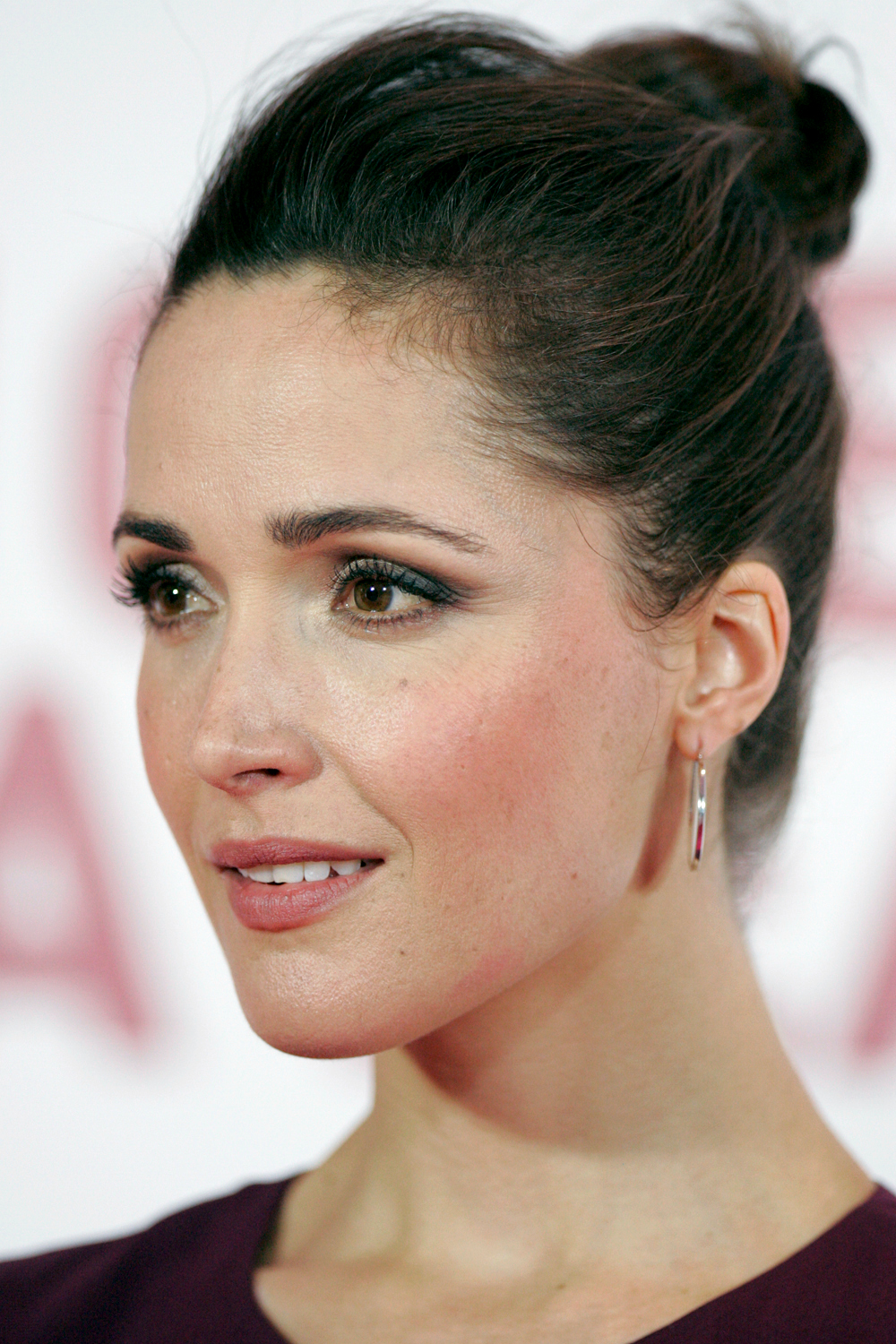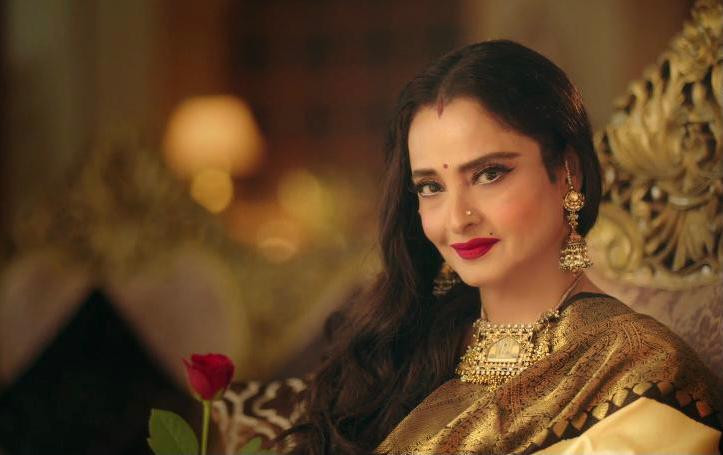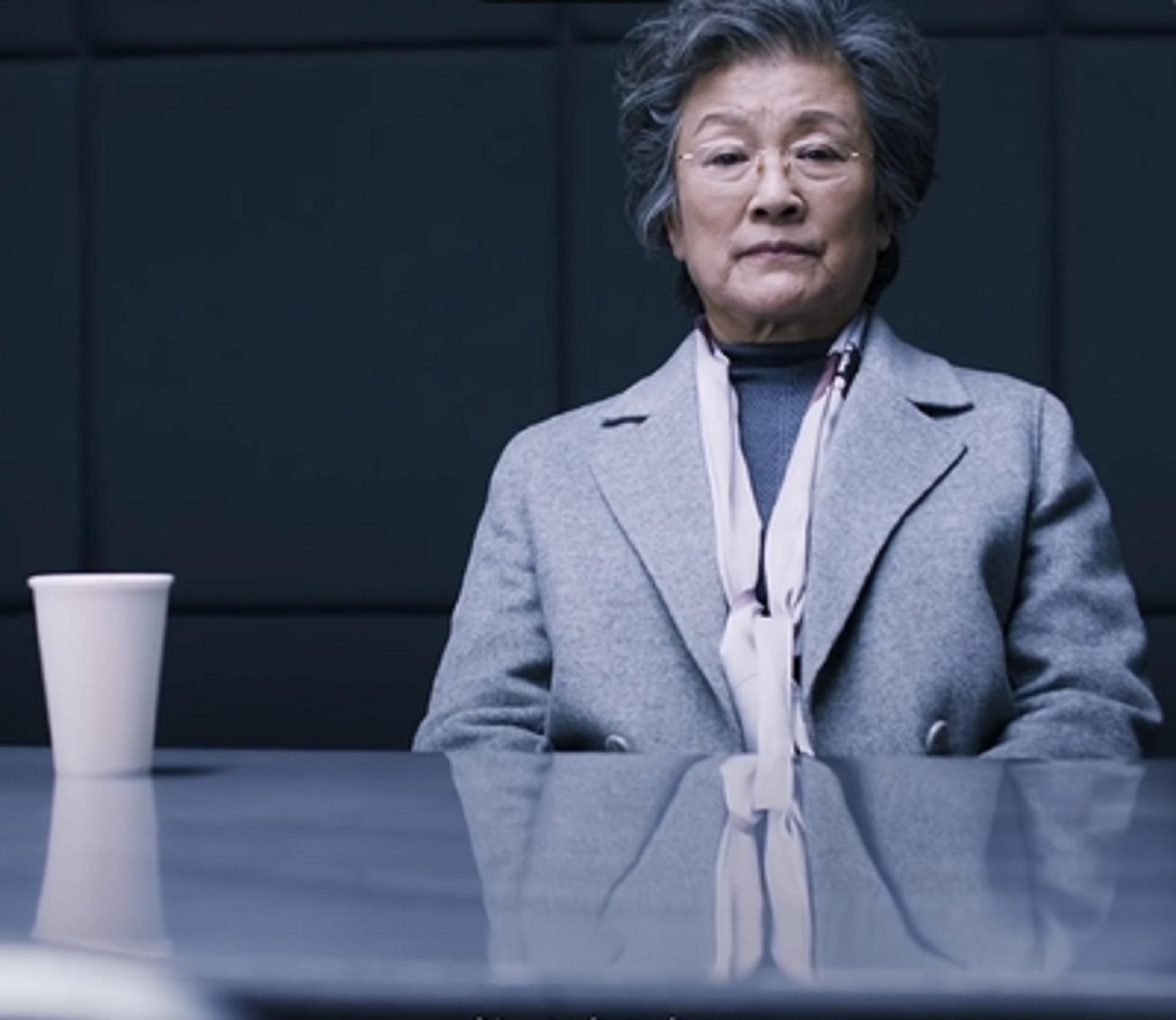

Subhash Ghai is credited with starting the trend of insuring movies in India and Taal became the first ever Bollywood film to be insured for a whopping sum of ₹110 million! Almost 85 years after the release of first Hindi movie, the Indian film industry addressed the demand for risk cover against any mishap prior to the release of the film and insuring movies quickly became a trend. A few additional scenes were shot and added to this release with Hindi actors Urmila Matondkar, Satish Kaushik, Shakti Kapoor and Ravi Baswani. This film was dubbed and released in Hindi as Chhota Chetan in 1998.

India was introduced to 3D motion pictures with the Malayalam film, My Dear Kuttichathan, in 1984. My Dear Kuttichathan (1984) - First 3D film

This mythological allegory alluded directly to political issues of the day and was banned in Madras and Karachi. This film directed by Kanjibhai Rathod came in the wake of the Rowlatt Act which put restrictions on Indian imports. Bhakta Vidur (1921) - First film to face a ban Hanste Aansoo featuring Madhubala and Motilal became the first film to receive 'only for adults' certification following the amendment of the original Indian Cinematograph Act (1918) in December 1949. Hanste Aansoo (1950) - First Indian film to receive an A-certificate Later that year, Devika Rani and Himanshu Rai also shared a four-minute-long kiss in the Hindi movie, Karma. The second Malayalam feature film, Marthanda Varma, released in 1933 and raised a lot of eyebrows for showing a kiss between the lead actors. Marthanda Varma (1933) - First on-screen kiss
#FIRST CLASS SONG ACTRESS MOVIE#
Roop Lekha (1934) - First Indian film with a flashbackįlashbacks have always been an important part in the telling of cinematic stories and the first movie to use the technique was P C Barua's, Roop Lekha. The video was quite surreal for those times. Raj Kapoor's classic film Awaara had the first-ever dream sequence in the song Ghar Aaya Mera Pardesi. The cinema goers at that time would queue up just to see the foreign locales in motion picture. Raj Kapoor's Sangam had various scenes shot in Europe. Sangam (1964) - First film to be shot abroad The first film from his studio Apradhi, directed by Debaki Bose, was made using artificial lights. He observed the production techniques in a London studio and bought lighting equipment used in the studio.
#FIRST CLASS SONG ACTRESS PC#
One of the most iconic personalities in Indian cinema, PC Barua is also noted for being the first to use artificial lights while filming. Apradhi (1931) - First Indian film to be shot with artificial lights Burman's last film as a music composer was also the first film in Indian cinema which had Dolby sound.

1942: A Love Story (1994) - First Dolby sound film Prior to this, actors would sing live on the set and that was recorded just like dialogues. Rai Chand Boral was the first to use the systematic technique of playback singing in the film Dhoop Chhaon. One of the most important developments in Indian cinema was the introduction of playback singing. Dhoop Chhaon (1935) - First playback song The film was not a commercial success but is remembered for being the country’s first colour film. Gidwani and produced by Ardeshir Irani of Imperial Pictures.The film unfolded the poor plight of a farmer and the consequences he faces for being a peasant. Kisan Kanya was a 1937 Hindi Cine colour feature film which was directed by Moti B. Kisan Kanya (1937) - First colour film of India The film took months to make because of hazardous recording conditions and the secrecy surrounding the project. The film that gave the medium of cinema a voice was a period fantasy about an ageing king and his two rival queens. It was a commercial success and paved the way for everything that makes up Indian cinema today. Only one print of the film was made and shown at the Coronation Cinematograph. The film marked a historic benchmark in the Indian film industry. Raja Harishchandra (1913) - First Indian film Here's a list of firsts that Indian cinema crossed off its list in all these years: 1. More than a 100 years have passed since then and Indian cinema has crossed milestones which were almost impossible to imagine when motion pictures were introduced in our part of the world. The first-ever film made in India was released in 1913.


 0 kommentar(er)
0 kommentar(er)
